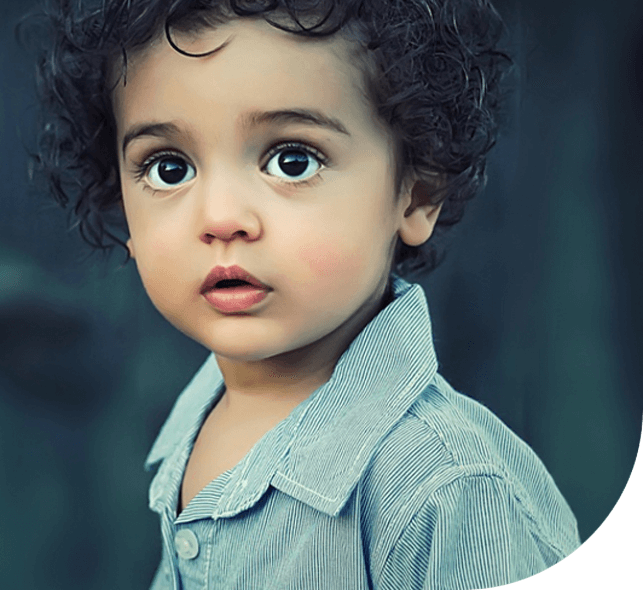Children Eyes
Eye Concerns

Parents are usually the first to notice that their children may have special vision needs so don’t hesitate to see your eyecare professional if you are concerned. Some common concerns include:
Vision issues
The term 20/20 vision is used to describe “normal” eyesight. In an eye test, your child will be regarded as having 20/20 vision if they can see the same line of letters from a distance of 20 feet that someone with normal vision can see from 20 feet.
There are three common reasons why your child may not have 20/20 vision:
- Short-sightedness (myopia): your child will be able to see objects that are close to them quite clearly, but objects in the distance will be blurred. They may read without difficulty, but may squint to see objects that are across the playground.
- Long-sightedness (hyperopia): your child’s vision will be blurry at all distances, but it will be worse for objects that are close to them. Trying to focus may cause a squint (turn) in their eye.
- Astigmatism: the shape of the front of the eye is not entirely spherical, it is more rugby ball shaped. If it is not corrected it can lead to distorted vision, for objects both near and far away.
These three issues can be corrected easily with prescription glasses.
Squint
If one of your child’s eyes turns inwards, outwards, upwards or downwards while the other eye looks forward, they may have a squint. Their eye may not do this all the time, and it may not be terribly obvious, but if they look at you with one eye closed or with their head turned to one side, it may mean they have a squint. You should see your eyecare professional if this is happening regularly because, left untreated, a squint can develop into lazy eye.
Lazy eye
Lazy eye (amblyopia) occurs when there is reduced vision in one eye because the eye and the brain are not working together. The brain may start to ignore what the lazy eye sees. The condition is hard to treat the older a child gets, so it is important that it is picked up as early as possible.
Conjunctivitis
If your child’s eyes are itchy, red or irritated and they have a sticky discharge or seem stuck together with crustiness in the morning, they may have conjunctivitis. This can be caused by an allergy or an infection. Conjunctivitis can easily be treated with eye drops or ointment from a pharmacy. Consult your GP or eye care practitioner for further advice.

